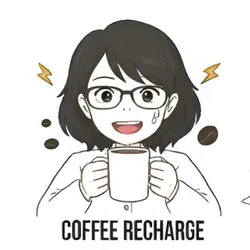Australian Employment Services
Comprehensive employment services across Australia including Sydney, Melbourne, Brisbane, Perth, Adelaide, Canberra, Darwin, Hobart, Gold Coast, Newcastle, Wollongong, Geelong, Townsville, Cairns, Toowoomba, Ballarat, Bendigo, Albury, Launceston, Mackay, Rockhampton, Bunbury, Bundaberg, Coffs Harbour, Wagga Wagga, Hervey Bay, Mildura, Shepparton, Port Macquarie, Orange, Dubbo, Tamworth, Sunbury, Bathurst, Gladstone, Geraldton, Nowra, Warrnambool, Kalgoorlie, Lismore, Albany, Devonport, Mount Gambier, and all regional centers.
Workforce Australia Provider Services
Employment provider ratings, compliance tracking, mutual obligation requirements, points system management, job search assistance, career counseling, skills assessment, training programs, work placement services, resume building, interview preparation, job matching algorithms, employer engagement, outcome tracking, performance benchmarking, government reporting, participant management, case management, employment pathway planning, disability employment services, indigenous employment programs, youth employment services, mature age worker support, migrant employment assistance, ex-offender employment support, mental health employment programs, apprenticeship programs, traineeship coordination, and vocational education partnerships.
Centrelink and Government Support
JobSeeker Payment, Youth Allowance, Austudy, Parenting Payment, Disability Support Pension, Carer Payment, Age Pension, Newstart Allowance, rent assistance, energy supplements, pharmaceutical allowances, mobility allowances, remote area allowances, pension supplements, family tax benefits, child care subsidies, healthcare cards, concession cards, crisis payments, emergency relief, disaster recovery payments, flood assistance, drought support, fire recovery funds, COVID-19 support payments, industry assistance programs, regional development grants, employment incentives, wage subsidies, hiring credits, apprenticeship incentives, training allowances, relocation assistance, and work bonus calculations.
Industry Coverage
Mining, construction, healthcare, aged care, education, hospitality, retail, manufacturing, agriculture, technology, finance, telecommunications, transport, logistics, defence, aviation, maritime, energy, utilities, professional services, creative industries, sports, entertainment, tourism, real estate, legal services, accounting, consulting, engineering, architecture, environmental services, social services, community services, emergency services, government administration, non-profit organizations, trades and technical services, automotive, aerospace, biotechnology, pharmaceuticals, research and development, and emerging industries.






